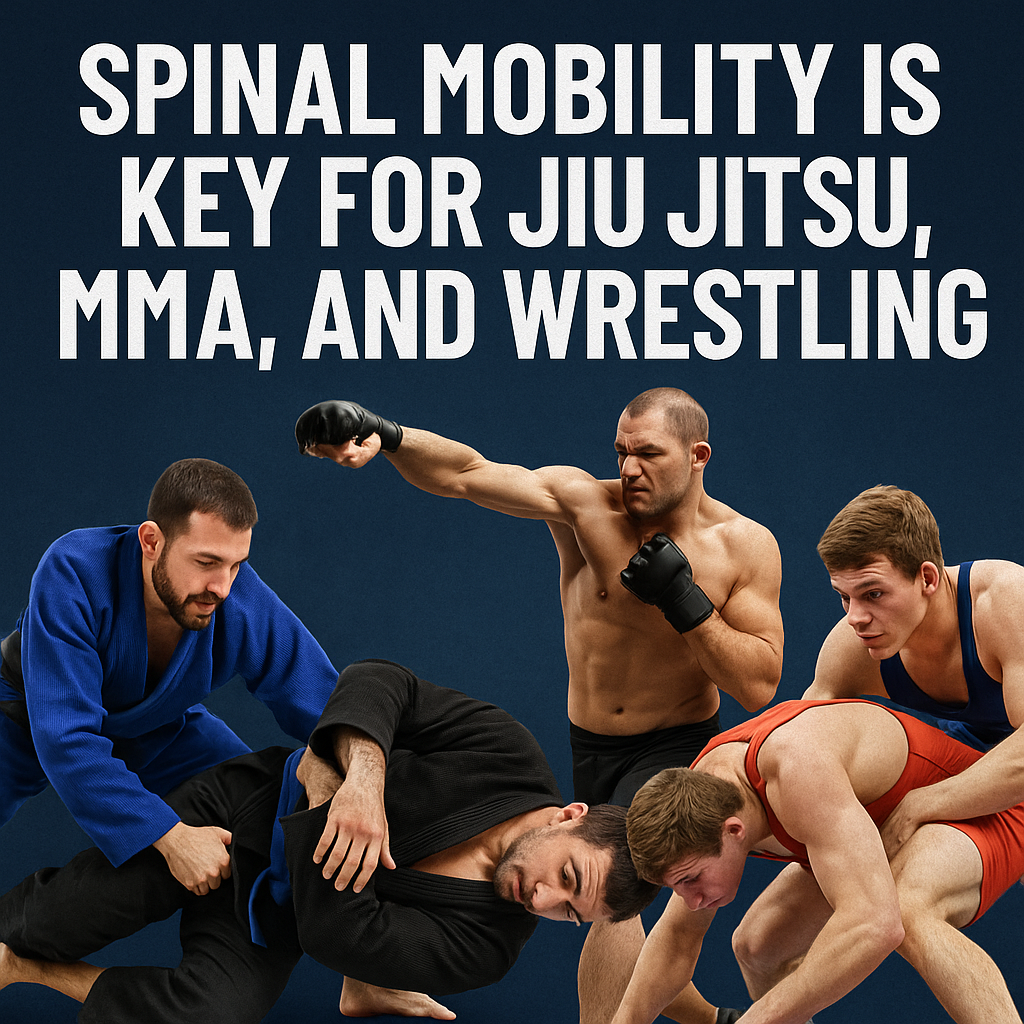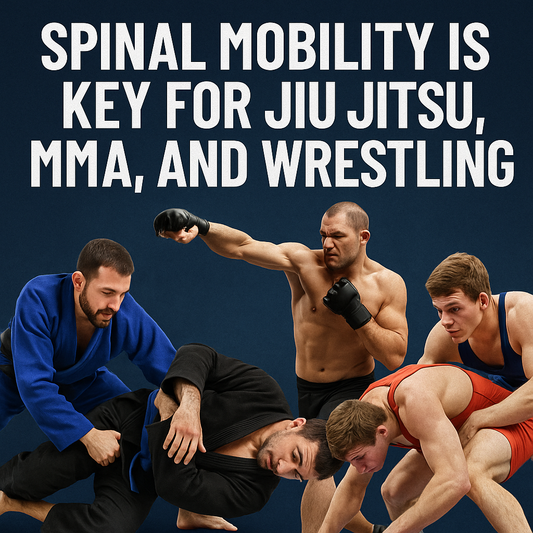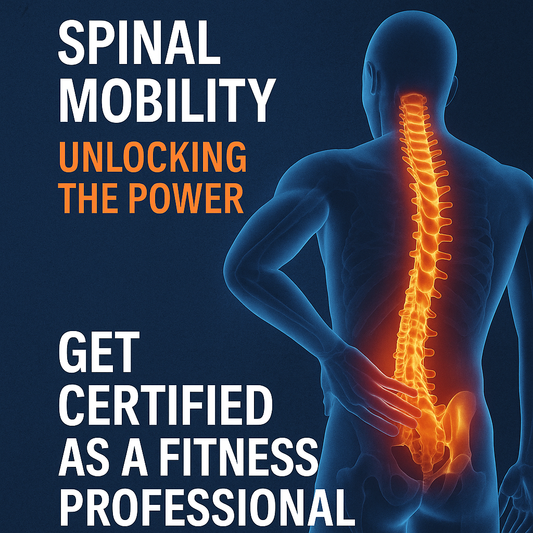When it comes to combat sports like jiu jitsu, wrestling, and MMA, strength and endurance often steal the spotlight. Yet, there’s another factor that can make or break an athlete’s performance: spinal mobility. The ability of the spine to move freely and fluidly is one of the most overlooked aspects of training, but it directly impacts speed, power, technique, and injury prevention.
Why Spinal Mobility Matters in Combat Sports
-
Dynamic Movement – Grapplers and fighters rely on explosive hip rotations, bridging, shrimping, and guard transitions. A mobile spine allows athletes to flow between positions with less restriction and greater efficiency.
-
Core Power Transfer – Whether throwing a punch, shooting for a takedown, or defending from bottom, force must travel through the spine. If segments are restricted, energy leaks occur—resulting in less power and higher risk of strain.
-
Injury Resilience – Combat sports push the body to extremes. Restricted spinal segments often cause compensations in the shoulders, hips, or knees, setting the stage for injuries. Keeping the spine mobile helps distribute load evenly.
-
Breathing and Endurance – Spinal mobility isn’t just about movement—it’s about function. A supple thoracic spine allows optimal rib expansion, improving oxygen intake and recovery between rounds.
How Athletes Can Train Spinal Mobility
-
Segmental Cat-Cows: Move one vertebra at a time through flexion and extension to train controlled mobility.
-
Rotational Flows: Incorporate thoracic rotations, rolling patterns, and mobility drills that mimic fight transitions.
-
Partner Mobilizations: Just as you train with a partner on the mat, guided mobilizations can help open restricted spinal segments.
For fitness professionals, coaches, and therapists, knowing how to apply these principles correctly is essential. That’s why we developed the Spinal Mobilization for Fitness Professionals Certification—a course that teaches evidence-based techniques to improve spinal health, performance, and resilience.
Tools to Support Mobility
While athletes can train mobility through drills, specialized tools make the process more effective. Devices like the Spinal Mobility Master and the Handheld Mobilizer (used by both practitioners and training partners) are designed to release restrictions safely and efficiently. They’ve become valuable additions to many fighters’ recovery and performance routines.
For Coaches and Trainers
If you’re a strength coach, jiu jitsu instructor, or MMA trainer, helping athletes unlock spinal mobility can be a game-changer. Beyond improving performance, it gives you another layer of injury prevention and athlete care. By taking the Spinal Mobilization for Fitness Professionals Certification, you’ll not only elevate your coaching but also stand out in a competitive field.
Final Thoughts
Combat athletes are always looking for the next edge—whether it’s strength, conditioning, or technical mastery. But without a mobile spine, performance will always be capped. By prioritizing spinal mobility, fighters can move better, breathe deeper, and perform at their true potential—both on the mats and in the cage.





